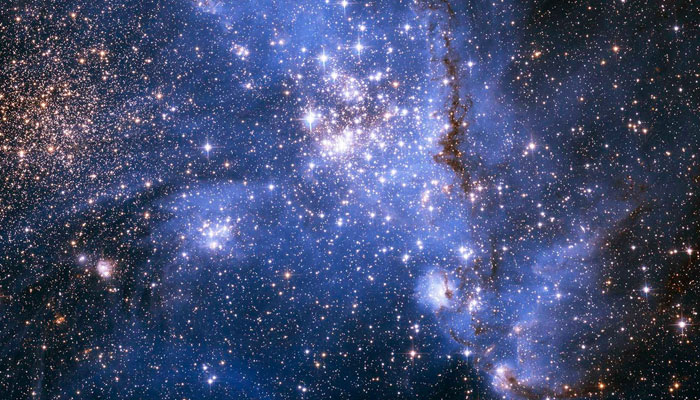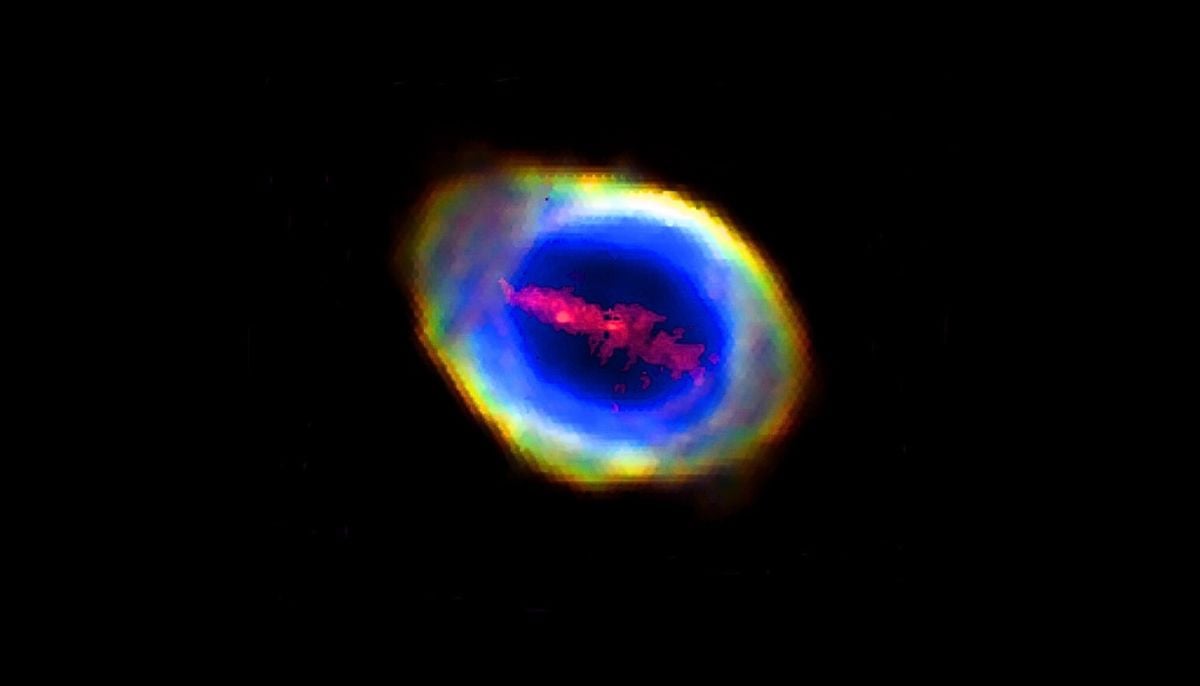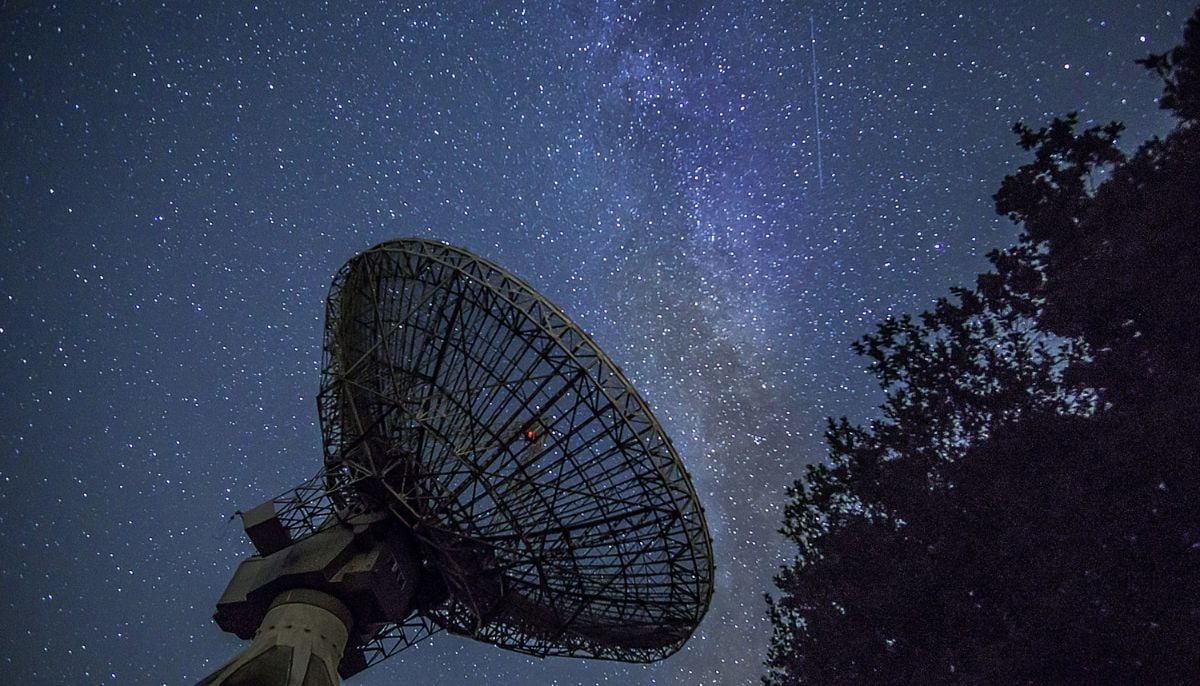Research reveals elongated structures in heart of our Milky Way
"I was actually stunned when I saw these. We had to do a lot of work to establish that we weren't fooling ourselves," says researcher
Astronomers made a strange discovery of elongated structures that look like strands flailing towards a super colossal black hole present at the centre of the galaxy.
According to the researchers, these threads are 5 to 10 light-years long.
The lead expert of the research Professor Farhad Yusef-Zadeh from Northwestern University said: "It was a surprise to suddenly find a new population of structures that seem to be pointing in the direction of the black hole."
The research is described in a paper, published in The Astrophysical Journal Letters.
"I was actually stunned when I saw these. We had to do a lot of work to establish that we weren’t fooling ourselves. And we found that these filaments are not random but appear to be tied to the outflow of our black hole.
"By studying them, we could learn more about the black hole’s spin and accretion disk orientation. It is satisfying when one finds order in a middle of a chaotic field of the nucleus of our galaxy."
Astronomers believe that these structures came out as a result of some spatial activity a few million years ago, however, there is no definite explanation for this phenomenon or its origin.
In 1980, Professor Yusef-Zadeh discovered one-dimensional, gigantic filaments in our galaxy, near Sagittarius A*, the black hole at the centre of the Milky Way.
The new structures were previously untapped and are shorter and lie across, spreading out from the black hole.
He said: "We have always been thinking about vertical filaments and their origin. I’m used to them being vertical. I never considered there might be others along the plane."
The previously discovered filaments were vertical and much longer, with large in number.
-
Bamboo: World’s next sustainable ‘superfood’ hiding in plain sight
-
NASA Artemis II rocket heads to the launch pad for a historic crewed mission to the Moon
-
Blood Moon: When and where to watch in 2026
-
Elon Musk’s Starlink rival Eutelsat partners with MaiaSpace for satellite launches
-
Blue Moon 2026: Everything you need to know
-
Scientists unravel mystery of James Webb’s ‘little red dots’ in deep space
-
ISS crew of four completes medical evacuation with safe splashdown off California
-
Annular solar eclipse 2026: Here's everything to know about the ‘ring of fire’












